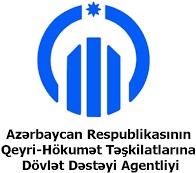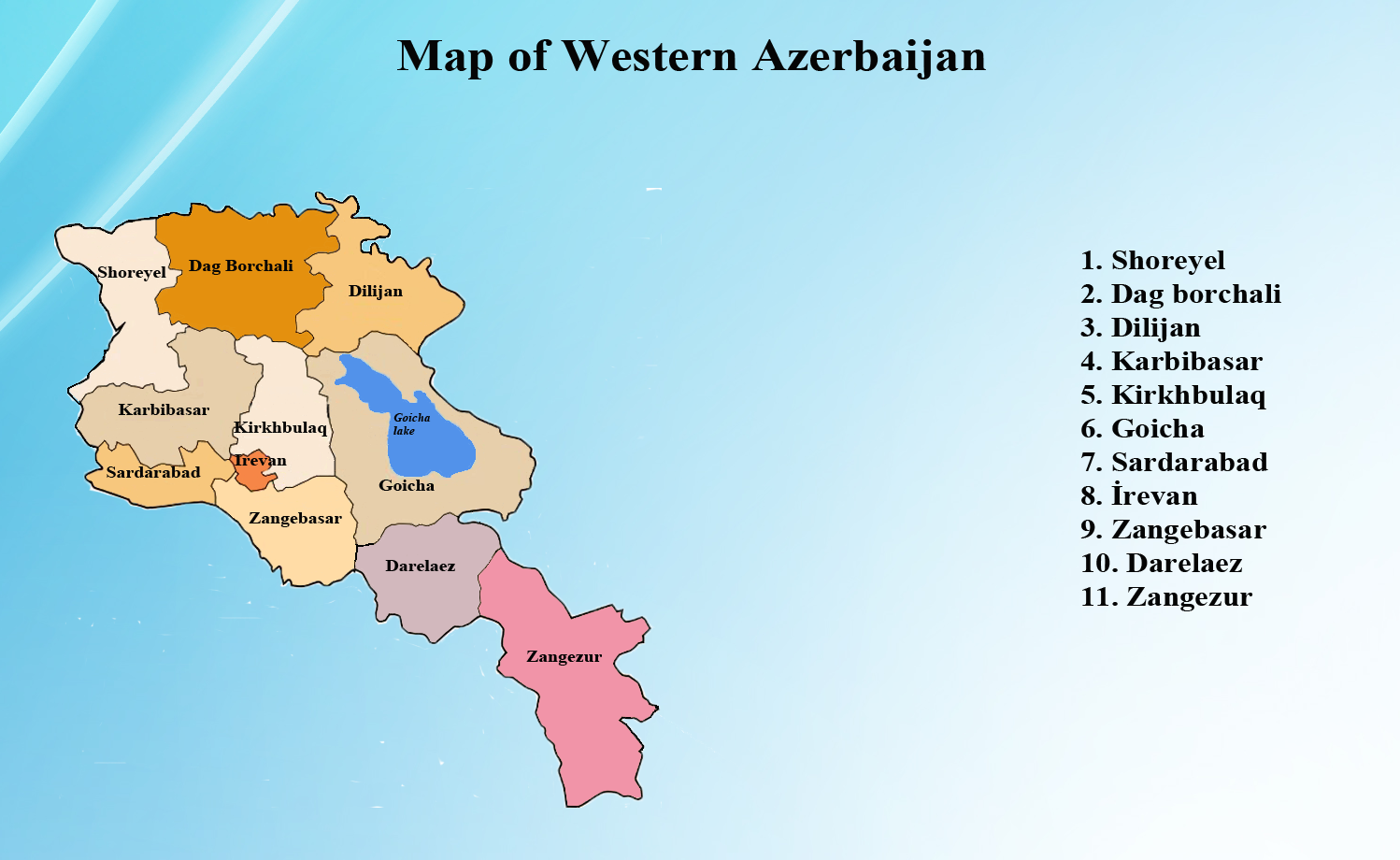Goycha district – This region encompasses an extensive territory along the shores of Lake Goycha. Historically, it was part of the Iravan Khanate and later the Iravan Governorate until it came under Russian control as a consequence of war.
During the administrative division of the Armenian SSR under Soviet rule, the Goycha district was falsely subdivided into five administrative districts: Chambarak district, Basarkechar district, Ashagi Qaranlig district, Kavar district, and Yelenovka district.
The population residing in the Goycha district (characterized by extensive pastures) primarily engaged in agriculture, animal husbandry, beekeeping, horticulture, carpet weaving, and fishing. Goycha is renowned as one of the birthplaces of Azerbaijani “Ashiq” music art. The region has been a prominent host to celebrated artists in Azerbaijani literary and cultural history, including Ashiq Ali, Ashiq Alasgar, Poet Mammadhuseyn, Ashiq Asad, and Ashiq Gurban.
Goycha district was part of the Azerbaijan Democratic Republic upon its establishment (as the historical land of Azerbaijan). During the period of 1918-1920, the Azerbaijan Democratic Republic encompassed a total land area of 114 thousand square kilometers. However, in 1920, the newly formed Russian Bolshevik Empire, which had militarily intervened in the Azerbaijan Democratic Republic, illicitly transferred the territories of Zangazur district, Goycha district, Sharur district, Daralayaz district, and the Dilijan region from Azerbaijan to Armenia. Traces of place names in Epic “Kitabi-Dada Gorgud” (Book of Dede Korkut) can be found everywhere along Lake Goycha. Toponyms in this epic, including Goycha district, Lake Goycha, Aghlaghan Mountain, and Ayghir spring, stand as significant evidence of the rich historical and cultural heritage of the Azerbaijani people.
Goycha district is encircled by Aglagan hill, Delik and Chanlibel Mountains and Salimgadi to the south, and Murghuz and Shahdag ranges to the north. When observed from Shah Mountain, this district resembles a decorative plate adorned with flower patterns, featuring a central mirror. Throughout history, Goycha district has been the homeland of local poets. Skilled artists who played the “saz” musical instrument and resided in the Goycha district adeptly mastered the “ashiq” music art. The people of this region turned to the “saz” musical instrument to express their sentiments, whether in moments of joy or sorrow, using it as a means of heartfelt communication.
Evidence of the presence of the Oguz Turks is ubiquitous throughout Goycha. Notably, the Gangali mountain in Tokhluja village, the Gara Guzeyadli mountain in the Goyarchin village valley, and the spring in Zod mountain pass bear enduring traces of the Oghuz Turks from antiquity to the present day. The Goycha people’s beliefs in mythological creatures, as found in examples of oral folk literature, are deeply rooted in ancient tengrism and shamanism beliefs.
The deity “Aya” was revered as the “guardian of fire,” bestowing health, happiness, and blessings upon the people. “Garachukha” was regarded as the deity of fate and luck. The symbols representing these gods also found their place in carpet art. Goycha district encompassed regions such as Basarkechar, Chambarak, Ashaghi Garanlig, and Kavar. In the Chambarak region of this district, there were renowned and sizable villages including Aghbulag, Ardanish, Garagaya, Yanigpaya, Golkend, Tokhluja, Chaykend, Jiyil, and Shorca.
Ashaghi Garanlig region, known for its magnificent natural beauty, is situated in a predominantly mountainous terrain. The colorful and flourishing plant life in this region resembles a tapestry intricately crafted by nature.
The Azerbaijani Turks residing in the villages of Yanikh, Yukhari Alchali, Ayrija, and Khartlig were skilled artisans who crafted vibrant carpets. Remarkably, these carpets have endured the test of time and remain preserved to this day.
Settlements of Goycha district in 1988.
One of the protest meetings against the separatism arising in Nagorno Karabakh region of Azerbaijan took place in villages of Goycha province.
The list has been extracted from the records generated following the census conducted by I. Chopin between 1829 and 1832. Bighli Huseyn, Zeynalaghali, Rahmankend, Aghgala, Ayrivang, Giziljiq (Abulkend), Noraduz, Gishlag, Kavar, Gul Ali, Kosa Mammad, Pashakend, Deligardash, Kuzajik, Bashkend, Heyranis, Atamkhan, Valiaghali, Tazakend, Dalikdash, Gol, Ashaghi Adyaman, Yukhari Adyaman, Abdulaghali, Gozaldara, Aghgirag, Ashaghi Garanlig, Yukhari Garanlig, Zolaghaj, Kolanligirilan, Alchali, Garasaggalgishlaghi, Yarpizli, Zaghali, Gizilbulag, Girxbulag, Ganli Allahverdi, Basarkechar, Goshabulag, Ashaghi Keyti (Salmankend), Bash Keyti, Ellija, Dashkend, Dash Keyti, Tatli Gishlaghi, Zarzibil, Zod, Aghyokhush, Ayrija, Boyuk Mazra, Kichik Mazra, Kasaman, Shishgaya, Jil, Ardanish, Adatapa, Shor Ali, Aghbulag, Tokhluja, Azizli (Garagoyunlu), Narimanli.
List of villages destroyed in the territory of Goycha as a result of the Russian-Iranian War of 1826-1828 and the Russian-Turkish Wars of 1828-1829:
Bughdatapa, Hajimumukhan, Allahverdibey, Uchtapa, Karimkend, Yukhari Altuntakht, Ashaghi Altuntakht, Damirchi Poghos, Ayrija, Atdash, Akhsakhtovuz, Karvansaray, Qasımbashi, Madina, Bash Gozaldara, Khanjighazoghlu, Gizilkilsa, Boyukagha, Aghkilsa, Goycha, Sultanali, Satanaghaj, Deli Harutyun, Gamasar.
Mənbə; https://goyce.az/




